Description
The book is written in an expansive style. Attention paid to motivating the introduction of new topics is one aspect of this style. Another is the space devoted to showing that physics is an experimentally based science. In Volume I direct experimental evidence is repeatedly brought into the developments by the use of photographs.
Developments are often presented in spiral fashion. That is, a qualitative discussion is followed by a more rigorous treatment. An example is found in the development of Newtons second law. Chapter 1 introduces its most important features in a purely qualitative way. When the second law is treated systematically in Chap. 4, Newtons approach, using intuitive notions of mass and force, is followed by Machs approach, where mass and force are defined logically in terms of momentum in a manner suggested by the analysis of a set of collision experiments.
The book contains many features designed to help the student. For instance, when a term is defined formally or by implication, or is redefined in a broader way, it is emphasized with boldface letters. And all such items in boldface are listed in the index to make it easy to locate definitions which a student may have forgotten.
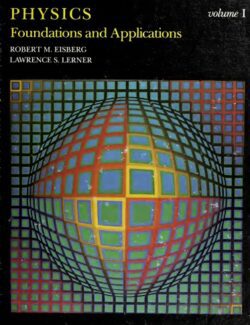
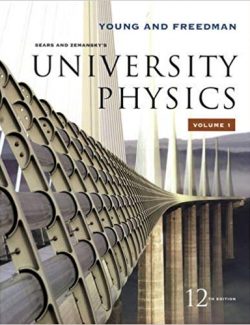
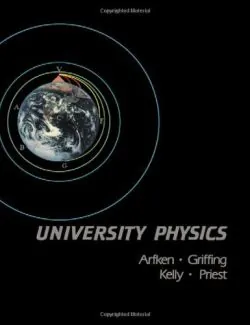
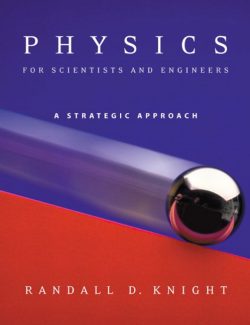
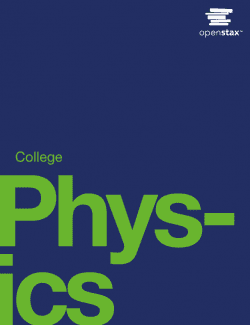
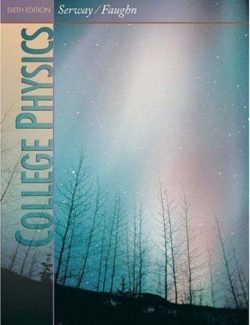
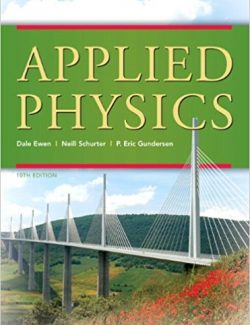
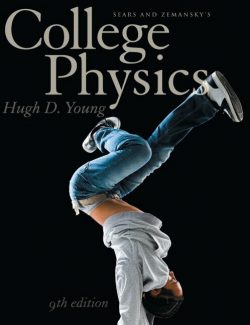
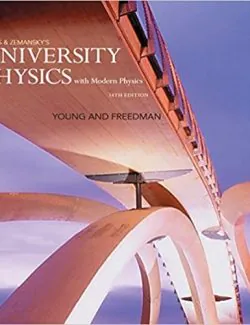
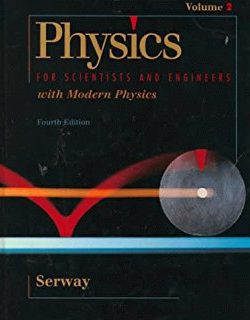
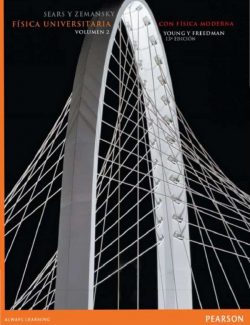
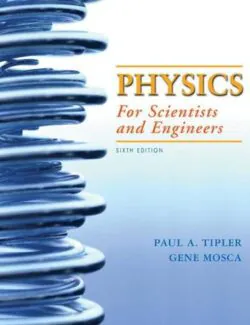
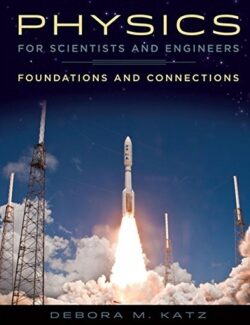
Leave us a comment
No Comments